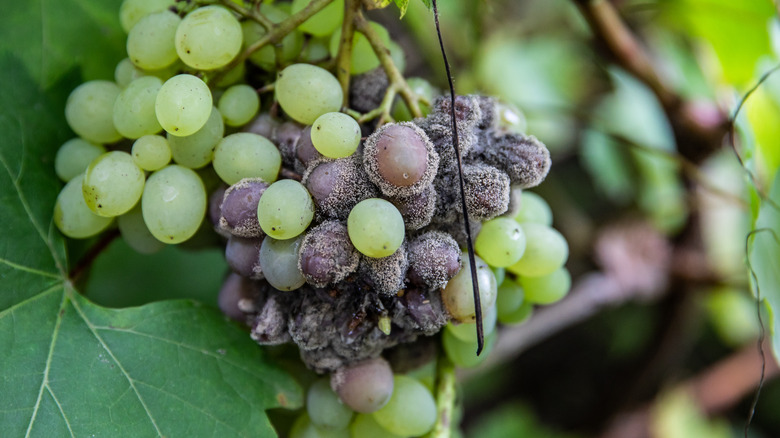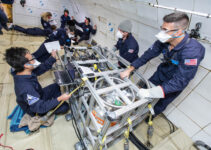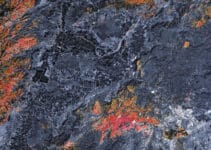
studiomiracle/Shutterstock
When you think of NASA research, the first thing you likely think of is exploring space: looking out at distant stars and planets, learning about far-off galaxies, and using high-tech instruments like the James Webb Space Telescope to look at the earliest stages of the universe. But NASA also does a lot of research from the opposite direction — looking back at Earth from the skies. This includes Earth-monitoring satellites for observing the climate, and also more specific projects.
A recent project from NASA’s Jet Propulsion Laboratory (JPL), for example, used sky-based observations to detect diseases among grape vines in California. There are large numbers of grape crops in the wine-making regions of California such as the famous Napa Valley, but these crops are vulnerable to diseases and pests. One particular disease that has been causing problems for grape farmers is a virus called grapevine leafroll-associated virus complex 3, or GLRaV-3. According to NASA, this disease causes around $3 billion in damage to the U.S. wine and grape industry.
So JPL introduced a program to try to spot signs of this disease from the air using an instrument called the Airborne Visible/InfraRed Imaging Spectrometer (AVIRIS-NG). However, it isn’t always easy to spot signs of disease as the grape plants can become infected before they show any outward change. “Like humans, sick plants may not exhibit outward symptoms right away, making early detection the greatest challenge facing growers,” said plant pathologist Katie Gold of Cornell University, lead researcher of the project.
Spotting disease from above
To look for signs of GLRaV-3, the researchers used the AVIRIS-NG instrument which is fitted inside the belly of an airplane. From the skies, it can look down at the ground using a technique called spectrometry, in which incoming light is split into different wavelengths. This shows which wavelengths have been absorbed, which gives information on the composition of whatever the instrument is pointed at.
AVIRIS-NG is typically used for ecology work, looking at factors like how ecosystems vary over seasons, or how ecological factors could affect human health. It has been used to study wildfires, oil spills, and air pollution from volcanoes erupting. In this case, the researchers used the instrument to see how the grape plants interacted with sunlight. Even though they may look normal from the outside, if a grape plant is infected with the virus, it can change how it absorbs sunlight. The researchers used machine learning to process the data from AVIRIS-NG, bringing together observations from 11,000 acres of vineyards. They were able to identify sick plants even before they showed symptoms with up to 87% accuracy, with results shared in a paper in the journal “Phytopathology.”
As well as being helpful for grape farmers, this shows how observing Earth from above could be useful for other crop issues as well. “What we did with this study targets one area of California for one disease,” said another of the researchers, Ryan Pavlick of JPL. “The ultimate vision that we have is being able to do this across the planet for many crop diseases and for growers all over the world.”


